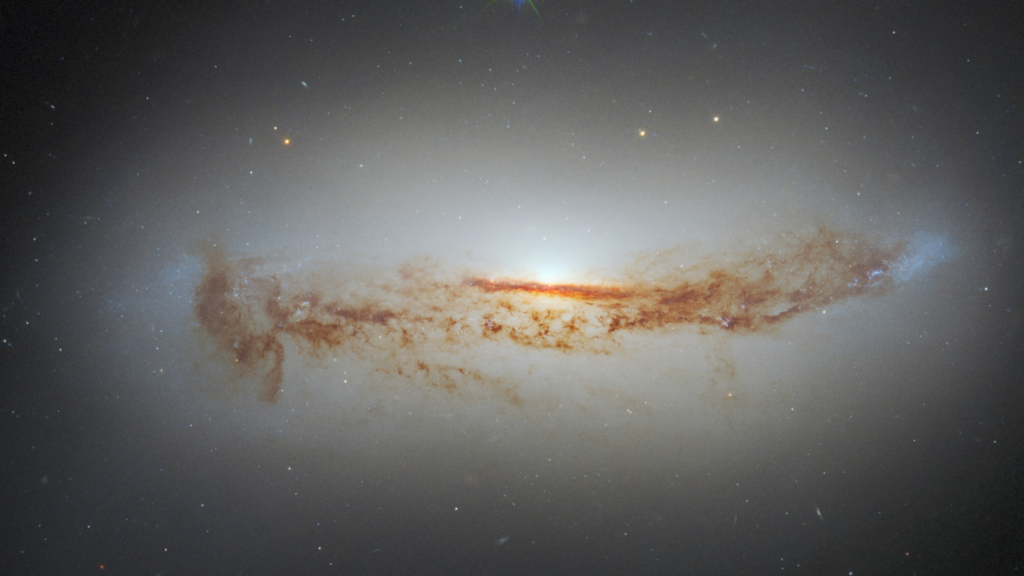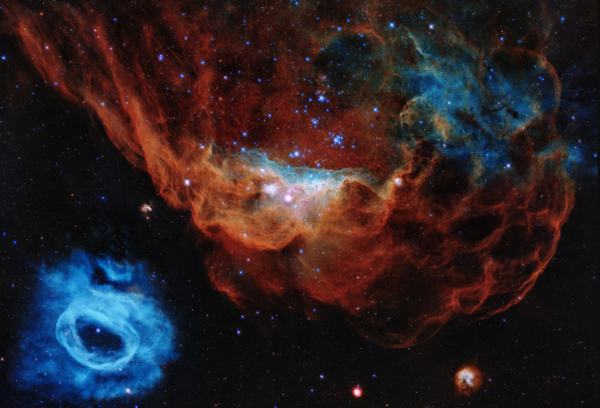For its 33rd anniversary, the Hubble Space Telescope took a magnificent photo of a nearby star-forming region.
NGC 1333, a reflection nebula 960 light-years away in the Perseus molecular cloud, contains hundreds of newly formed stars. According to the European Space Agency (ESA), Hubble saw cold molecular hydrogen, which forms stars and planets, through dense clouds of dust and gas.
“Hubble’s colorful view, showcasing its unique capability to obtain images in light from ultraviolet to near-infrared, unveils an effervescent cauldron of glowing gases and pitch-black dust stirred up and blown around by several hundred newly forming stars embedded within the dark cloud,” ESA said.

“Even then, Hubble just scratches the surface; most of the star-birthing firestorm is hidden behind clouds of fine dust—essentially soot—that are thicker toward the bottom of the image,” they noted. “Dust obscures the image’s black areas.”
Discovery launched Hubble on April 25, 1990.
Since then, the famous scope has observed about 52,000 celestial targets with 1.6 million observations.
NGC 1333’s dust clouds are swept by fierce star winds in the new photograph. The brilliant blue star at the top of the image may have created these stellar winds, showing how chaotic star creation is in the universe.

A blazing super-hot star towards the bottom of the photograph shines through the nebula’s dust like Earth’s sun through clouds. Young stars emit hydrogen-ionized jets as they develop and accrete dust and gas from their surroundings, causing the reddish hue.
According to the statement, the tiny dust of the nebula filters starlight, letting more red light through but dispersing blue light.
“This view offers an example of the time when our own sun and planets formed inside such a dusty molecular cloud, 4.6 billion years ago,” ESA said. “Our sun didn’t form in isolation but was instead embedded inside a mosh pit of frantic stellar birth, perhaps even more energetic and massive than NGC 1333.”

